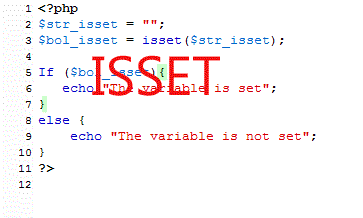Cover image via
I use After Effects CS3 a lot, and have a full copy of Maya, with which I’m slightly more adept, however, I recently bought a DVD from Videocopilot.net entitled The Bullet, which is a large tutorial about incorporating 3D into After Effects. It’s now at the point where I need to export my finished animation and the camera data. Aerender Render Adobe After Effects projects using Python aerender is an asyncio wrapper over aerender (Adobe After Effects 2019) built and tested on Windows 10. It can be used to automate the rendering of After Effects projects. In Adobe After Effect, we can manipulate any graphics by using different types of effects features of this software. Wiggle is one of them; you can understand Wiggle as an effect which helps in applying vibration in a motion of any object for making any motion graphics for a. This is a new tutorial in the Python's refreshers series which explains the essential topics one needs to grasp to move forward in Python's learning journey. Posts in this series A Smooth Refresher on Python's Lists. Particle Transform — Image Animation Project. Take any image and give it the particle effect thanks.
In this After Effects video tutorial we’ll show you how to recreate the cartoony mouth animation popularized by Monty Python.
Give your project a unique and fun lo-fi look by animating mouth movement on a still picture in After Effects. Many of you may find this look familiar, as it was used in the Monty Python Flying Circus animations, as well as more recently in JibJab.com online videos.
One of the main differences in this tutorial (from others that show this technique) is we won’t have to manually keyframe the mouth movement (big timesaver). In fact, by using expressions we can actually have the mouth auto animate to a audio voice track.
Ae Tutorial Video
In this After Effects tutorial I’ve used a Creative Commons image of the Mona Lisa, but you can certainly apply this technique to any photo. Highlights of this video tutorial include:
After Effects Python


- Use the pen tool to cut out the mouth and jaw line in the image.
- Parenting the mouth layer to the body (or main image)
- Converting audio to keyframes in After Effects
- Adding the expression that maps the mouth movement

Aerender
x = 0;
l = thisComp.layer(“Audio Amplitude”).effect(“Both Channels”)(“Slider”);
y = linear(l,2,20,0,15);
value+[x,y]

